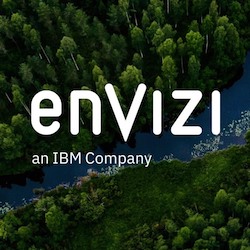Whether it be yams and sweet potatoes, shrimp and prawns, or cold brew and iced coffee, their unique qualities are indistinguishable to the average grocery shopper. They appear similar superficially but possess important distinctions that can cause problems if overlooked (reminiscent of the 1989 Polaner All Fruit commercial). If you’re not well-versed in classic television commercials, this one depicts the chaos that ensued when a guest at afternoon tea dared to label the all-natural fruit spread as “jelly.” The same scale of miscategorization is common in environmental sustainability risk management when “frameworks” and “standards” are conflated.
Not only are frameworks and standards not interchangeable, but they support different goals, are geared to distinct audiences, and have specific purposes that make them complimentary. Frameworks are broad and provide perspective but not specifics, while standards are detailed, well-defined, and include metrics. Sustainability leads use frameworks to understand their firm’s reporting requirements, scoring fundamentals, and what information should be included in financial disclosures. Standards, on the other hand, can include tools to assess materiality or specifics on how to account for impact to the business.
In our upcoming report, Abhijit Sunil and I take a closer look at the commonly used standards and frameworks, their history, benefits, and common uses. When it comes to environmental sustainability, an excess of frameworks and standards is not necessarily a good thing and often creates more confusion than simplification. This report will provide context on the most important standards and frameworks, how to get started, and recommendations on developing a mature reporting organization.
To learn more about environmental sustainability regulations schedule an inquiry with me. For sustainability operations and technologies, schedule an inquiry with Abhijit.
Guest Author: Alla Valente is a senior analyst at Forrester Research. Read more Forrester sustainability blogs here. More: Read all guest blogs here.




